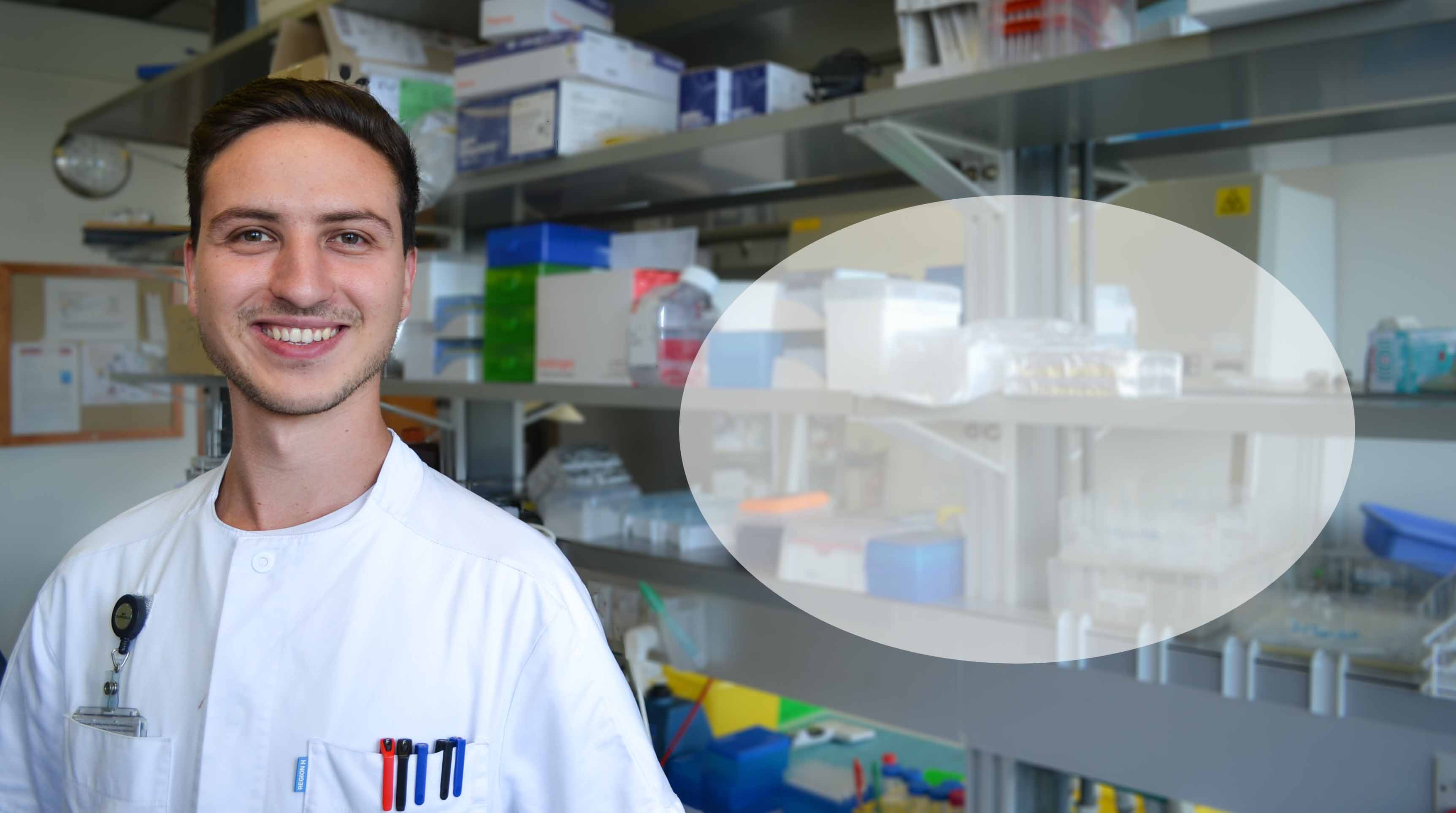Fungal infection of immunocompromised patients, especially infections cause by Aspergillus fumigatus still lead to serious respiratory diseases with poor prognoses. This is in part attributed to a suspected evasion of the complement system by A. fumigatus and similar fungi. Developing a whole blood model, that will accurately depict fungal infection of immunocompromised patients may aid in the understanding of the pathology related to these infections, especially in the context of the complement system. The aim of this study is to analyse complement activation, binding and the interplay between the complement system and the innate immune response. In an optimised model, opsonisation by the complement system, the release of certain complement proteins into the plasma, phagocytosis by the innate immune system and more will be observable. Within, both hyphae and conidia stages of the fungi are of clinical importance, as both are to be found being in contact with the complement system. The whole blood model will be able to depict the different pathways of complement more accurately than serum assays by mimicking real world clinical conditions more accurately. In particular, the project will start with concentrating on MASP-1, -2 and -3 binding and C3 deposition on A. fumigatus, factors that are involved in complement activation and how the fungus will eventually be cleared. As opportunistic fungal infections may be able to evade the complement system, there will also be a focus on the why and how.

about
faculty members
students
dates
publications
application
news
locations
contact





